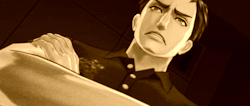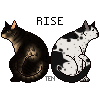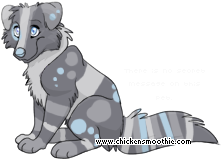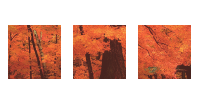Alaskan Garter Hound Organization [AGHO]
_____________________________________________
_____________________________________________
A B O U T
Basic wrote:Alaskan Garter Hound are a canid species that are distantly related to the modern day husky.
They are the result of a mutated gene that caused their size to go beyond all control.
It took humans years to find out how to stop the Canines from growing ever bigger and after some experimenting, the breeds size seems to have settled around the size of a horse.
Many of the giant dogs escaped after the fix and roamed the Alaskan planes until they recently got re-discovered.
First gullible humans thought they had found the yeti, until they stumbled on the packs of these giant Dogs.
After a long taming process and an even longer domestication, the dogs now are a very popular mode of transportation around the arctic regions and they certainly make the crossing of the landscape easier.
Diet: Omnivore, but mainly Carnivore
Fur Types: Mostly Thick, fluffy
Endangered? - unknown
Sprint speed: 80-100 km/h
Body type: Heavy
Breed Name: Alaskan Garter HoundFur Types: Mostly Thick, fluffy
Endangered? - unknown
Sprint speed: 80-100 km/h
Body type: Heavy
Average Lifespan: 35-40 years
Gender Ratio: 50/50
Average Size: 1.5m / 4 feet 111⁄16 inches at the shoulder
Average Weight: 500kg - 700kg
Anatomy wrote:An Alaskan Garter usually has a short neck, stumpy paws, a long body and thick, heavy paws.
The Breeds fur is thick and in a layered coat that protects it against the cold, a feature of this breed is the thick fluff on its cheeks.
The body is heavy and under the fur is a thick layer of fat which protects the Garter Hound from the icy cold.
Its paws are wide and have fur between the pads to protect them from the icy underground.
The garders longeated body and wide set stance allow it to distribute its weight easier over icy surfaces and it makes it very unlikely for the canine to break trough ice.
The breed is known to suffer from Hip problems at a high age and hence it is recomended to keep the saddle over its shoulder and upper spine.

























